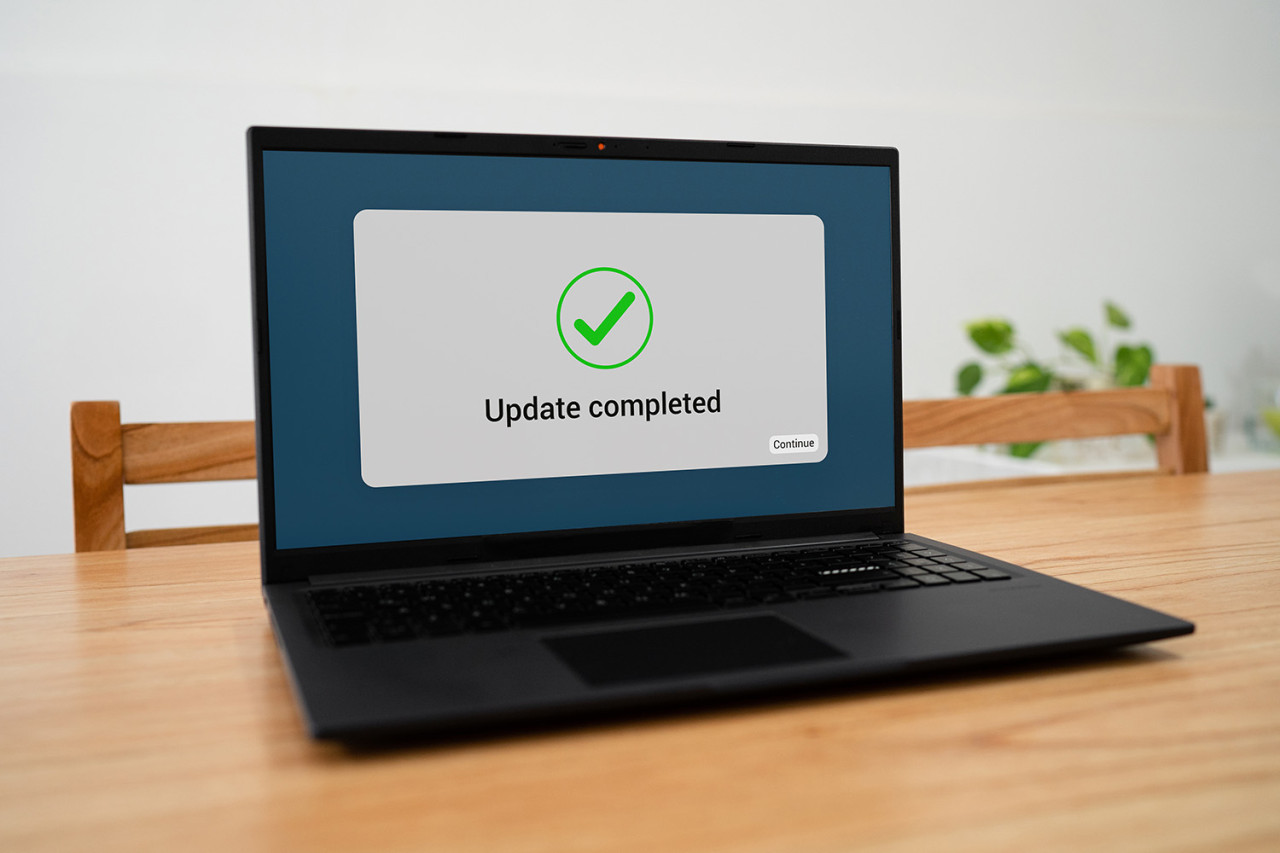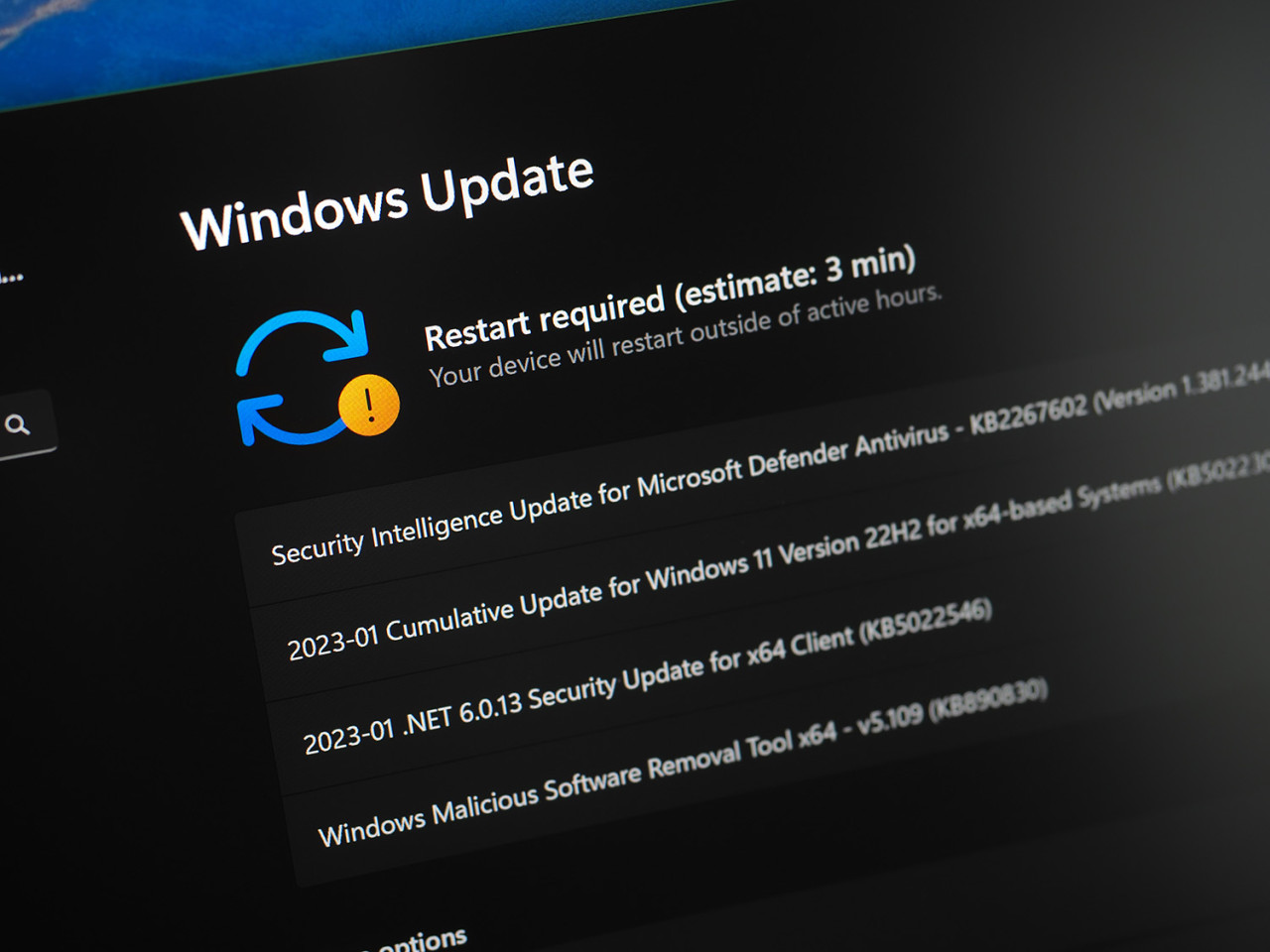Over the last few weeks, we have been talking a lot about the impending end of the current Windows version. We talked about its impact on businesses in Boise, ID, and elsewhere. If you have been reading our recent blog posts, it’s probably already sunk in that staying up to date is not optional; it’s essential. Whether you are running a small business or managing a global enterprise, it is crucial to understand what Windows EOL entails. You should know what's really at stake and be mindful of the things you have to do to be adequately prepared. In this Ultimate Guide to Windows EOL, we will explain everything you need to know.
Let us start by reassuring you that Windows EOL need not be a scary topic. It doesn't have to be overwhelming or even complex. You just need to take it one step at a time and learn best practices to ensure the safety and continued operations of your business. Using simple words that a non-techie would easily understand. This guide will enlighten you about Windows EOL. The definition and dangers to ways of navigating the transition smoothly, and tips for avoiding common pitfalls that catch many businesses off guard.
What Is Windows EOL and Why Should You Care?
Windows EOL or End of Life simply refers to the official date when Microsoft stops supporting a specific version of the operating system. Today, this means the end for Windows 10, including both the Home and Pro versions. Microsoft will stop supporting it by October 14, 2025. To be very clear, no more support means the OS will no longer receive the following:
- New security updates or patches
- Performance or reliability improvements
- Technical support from Microsoft
- Compatibility updates for new applications or devices
In short, if you continue using Windows 10 on your computers after this expiration date, you will practically be flying blind. In a treacherous digital environment where hackers are getting smarter by the day and new threats are always sprouting up left and right, you will be unprotected. So, if you are still running this version – or worse, an even older version – then you need to act now, instead of waiting for an issue to arise.
Why Windows EOL Awareness is Crucial
For the majority of businesses in Boise, there is still a sheer lack of awareness of EOL timelines among the general workforce. The IT department usually knows about these matters, but the rest of the staff are pretty much clueless, which should not be the case. Not everyone has to know about it on a very technical deep level, but basic EOL awareness must be a strategic priority for the entire business.
Many organizations continue to use unsupported Windows versions because they don’t understand the problems this can cause. A lot of business owners also assume that it would be too costly or disruptive to their operations if they migrate. Unfortunately, this is quite a common mindset, and one that has dire consequences.
By reading this Ultimate Guide to Windows EOL, each member of your company will gain the awareness and knowledge to take proactive, informed steps before any problems even begin to emerge. Here are the top reasons why awareness is essential.
Cybersecurity Protection
When your OS no longer receives security patches, your entire network becomes vulnerable to a hodgepodge of cyber threats, such as malware and ransomware. It is even more prone to new threats that are yet to be created.
Regulatory Compliance
Almost all industries today require the use of supported software for data handling and cybersecurity compliance. If you insist on using an old, unsupported system, you might have to deal with legal issues and hefty fines.
Vendor Support
Microsoft stops all support for discontinued Windows versions. This includes support even for old features or services that are not affected by the upgrade, so you will be completely unprotected.
Business Continuity
EOL-related disruptions can grind operations to a halt if not planned properly. Even small issues can snowball into massive problems, causing downtime, diminished productivity, and ultimately a complete standstill.
What Happens If You Ignore Windows EOL?
October is just a few months away, and there are still hundreds of businesses in Boise that have not upgraded to the newer version. Many are still banking on the rather silly hope that it won't matter – of course it would! Well, in the first few days, the problems might not be evident right away, leading you to believe that everything is fine. But over time, the risks will escalate, and the long-term consequences can be devastating. Here are just a few things that await your business.
Security Risks Multiply
EOL systems are among the easiest targets because they are riddled with vulnerabilities that will no longer be patched. For this reason, hackers zoom in on these systems like a hawk diving toward defenseless prey. Even a single breach can compromise sensitive data and lead to massive financial and reputational damage.
Operational Disruptions
At first, things might be running as usual, but it won’t be long before your systems begin to crash. Most of the time, this is a result of compatibility issues or performance lags. Ultimately, these system malfunctions would lead to costly downtime and lost productivity.
Skyrocketing IT Costs
One of the reasons business owners put off upgrades is that they are trying to avoid additional spending. But ironically, you'd end up spending a lot more in the long run. Reactive fixing of issues that spring from an outdated system is usually much more expensive than going through a proactive upgrade to begin with. Your precious dollars could just go to avoidable costs like emergency support, third-party patching services, or forensic work in the event that a dreaded breach occurs.
Compliance Violations
If you fail to comply with security standards, especially in strictly regulated industries like health care (HIPAA), finance (GDPR and PCI DSS), and legal services (SRA and BSB), your organization might be slammed with steep fines, audits, or even lawsuits.
Customer Trust Erosion
The success of your business rides heavily on how much customers trust your operations. If they find out that you're running outdated systems, which is a certainty, especially after a breach occurs, they will question your credibility and reliability. Inevitably, there is a fair chance that they will take their business elsewhere.
How to Plan for a Smooth, Secure & Stress-Free Transition
Looking at all these potential problems in store, the natural instinct would be to go ahead with the upgrade the soon as possible. But then again, there is the matter of spending for the upgrade, the disruptions that might occur during the time of migration, or even the lack of understanding of what actually goes on during the transition.
If you are having these fears, they are perfectly valid, and no, you certainly are not alone. But there's good news. As we said earlier, it doesn't have to be difficult. With the right preparation, moving away from an EOL system doesn't have to be stressful. On the contrary, it can be seamless and, more importantly, beneficial to your operations. Here is a step-by-step approach to help you prepare for the upgrade and stay ahead of the curve.
Step 1: Conduct a Full System Audit
The very first thing to do is to identify which devices are still running Windows versions that are about to expire, or that have already expired in the past. This step will determine the scope and urgency of the migration that you will have to embark on.
Step 2: Engage with IT Professionals
Planning a successful Windows upgrade requires the expertise of IT professionals, so don’t skimp on this part. Bring in specialists to assess hardware readiness, application compatibility, and potential cloud migration opportunities, among others.
Step 3: Back up All Data
You never know what might happen during a system upgrade, no matter how well-planned it may be. You must have secure backups of your data before any change is made in case of a crash or system failure. To ensure the protection of your data, it is recommended that you use a combination of local storage and cloud options.
Step 4: Choose the Right Windows Version
When upgrading to Windows 11, you have several versions to choose from, including Home, Pro, and so on. For the majority of businesses, the choice would be between the Pro and Enterprise versions, which both offer an ideal balance of security, performance, and productivity tools and features for small businesses. In any case, the needs of your organization will largely dictate your decision in this matter.
Step 5: Schedule Migration at Optimal Times
Disruption can be minimal if you have an efficient migration strategy in place, but there will still be a few minutes of downtime during the actual transition. To keep interruptions at an absolute minimum, schedule the migration outside peak business hours.
Step 6: Pilot the Rollout
If you are upgrading on a large scale, do not deploy the OS on all the devices at the same time. Instead, do the upgrade on a small number of systems first so that you can identify and fix problems. If everything looks fine, that's when you can scale up to the entire organization.
Step 7: Train Your Team
Remember that it's not just the equipment that is being upgraded. Your staff also needs new training so they can adapt quickly to using the new system, including getting familiar with the new interface and all the new features. Proper training will greatly reduce downtime and notably boost work efficiency following the upgrade.
Busting Common Myths about Windows EOL
Still on the fence about updating your systems? You might be holding back because some of the biggest misconceptions about Windows EOL might still be stuck in your head. Well, it’s time to address these myths and bring the truth to light.
Myth #1: If it still works, we don’t need to upgrade.
Just because your OS is still functioning doesn't mean it's safe to use. Unsupported systems are ticking time bombs for cyberattacks!
Myth #2: Upgrading is too expensive.
Yes, upgrading costs money. However, if you add up everything you will spend on dealing with a data breach, regulatory fines, or days of downtime, this would greatly exceed the cost of a proactive upgrade.
Myth #3: Antivirus software will protect us.
Antivirus software can give protection to a certain degree, but it will hardly be enough to keep threats out, not if you no longer have access to Microsoft’s security updates.
Take Advantage of Expert Help and Stay Ahead of Windows EOL before It Becomes a Problem
Managing Windows EOL migration on your own can be time-consuming and complex. Besides, for most business owners, this would be a near-impossible task, especially without the right IT know-how and training for it. But with expert support, you can complete the upgrade with minimal downtime, no data loss, and full compliance assurance. You can even get ongoing IT support even after the upgrade is completed.
Don’t wait for an emergency before you take action. Schedule a Priority Discovery Call with our experts to evaluate your current systems, identify risk areas, and map out a tailored upgrade strategy designed to minimize disruption and maximize ROI. There are no obligations – we’ll just have a consultation, and you can decide if we are the right fit to help you with the upgrade!
If this is a priority for your operations, this is at the core of what our MSP does. Contact us today!


